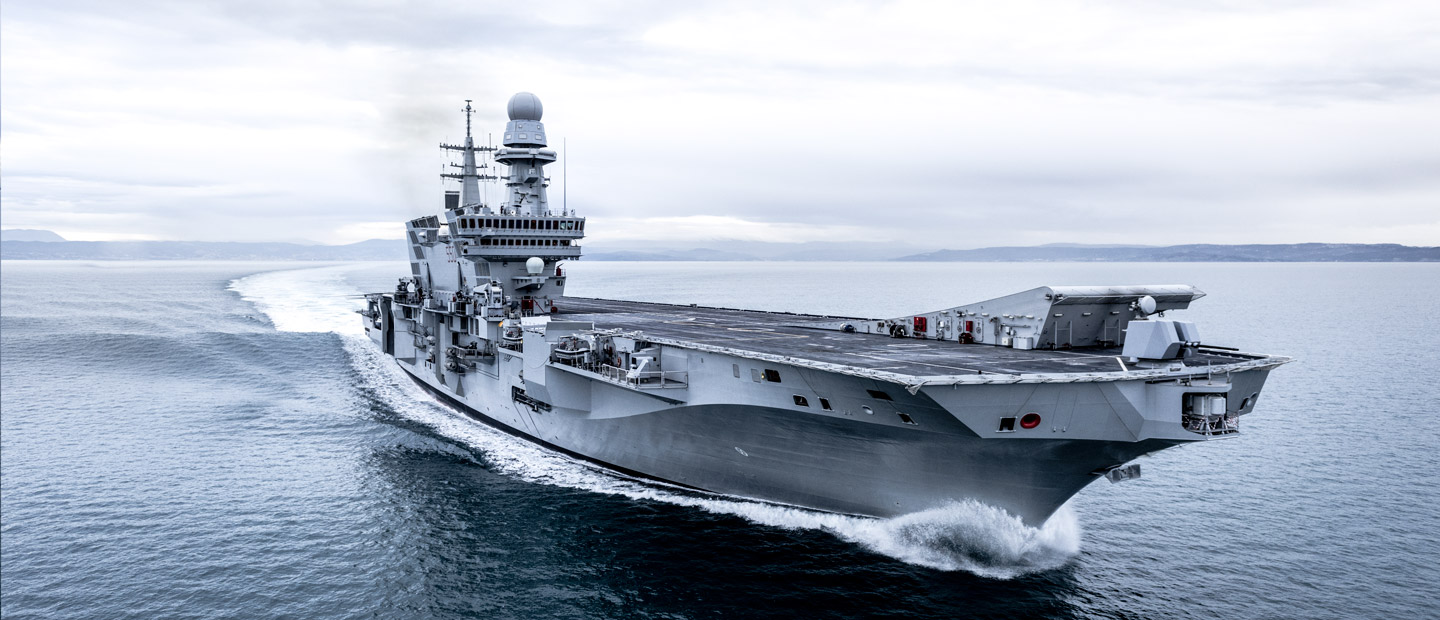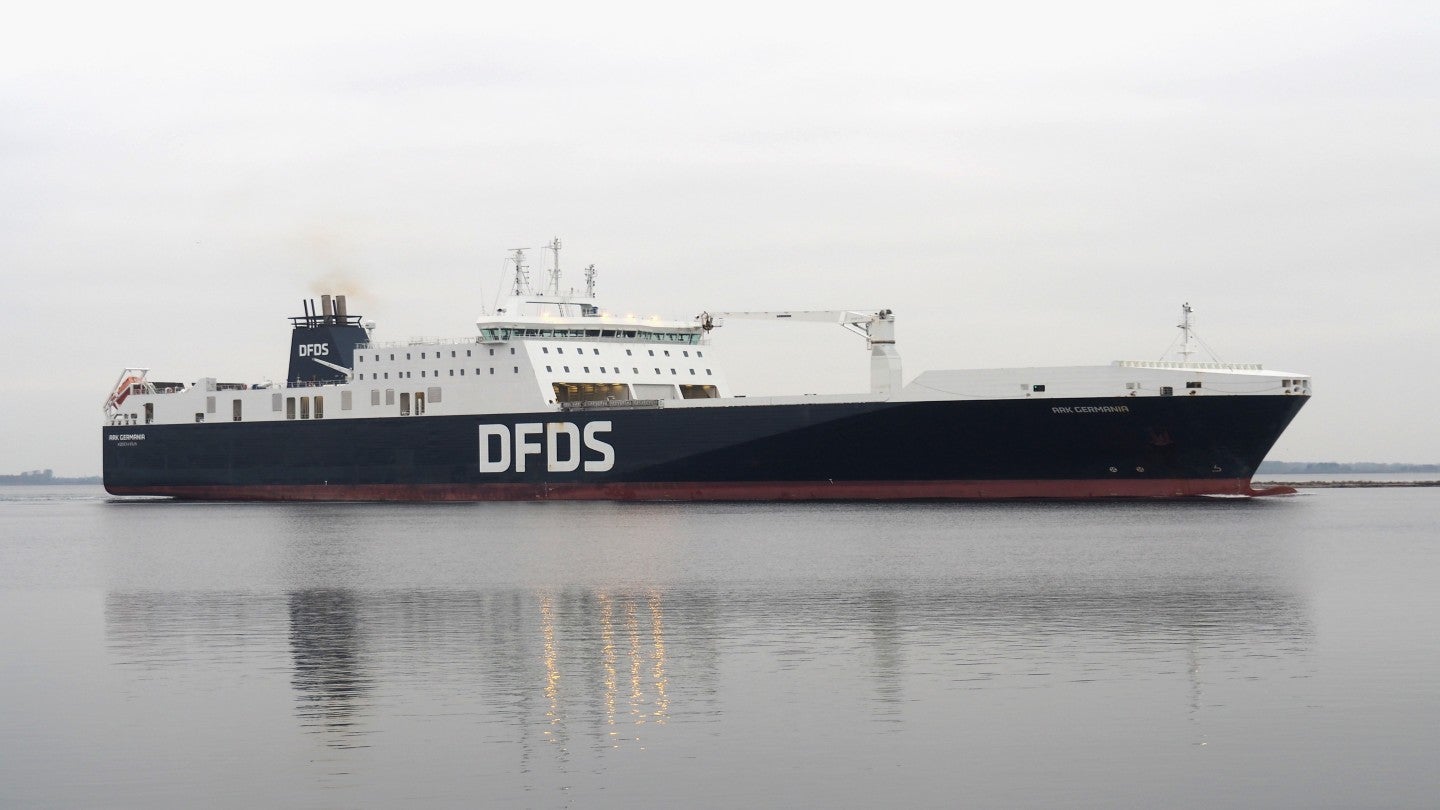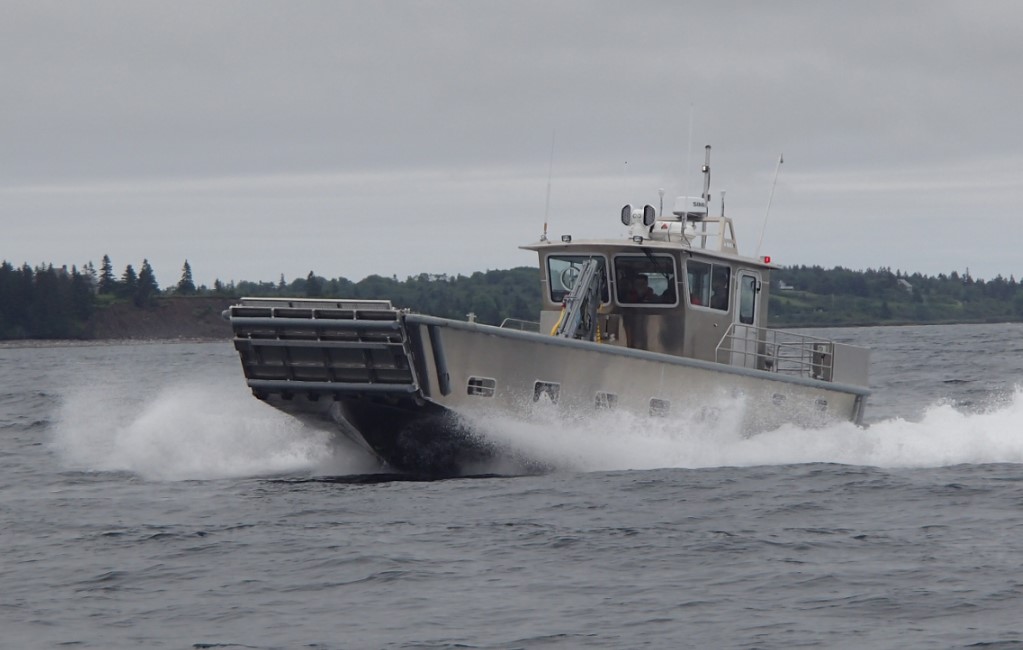The Danish Defence has secured a contract with ferry operator DFDS for the provision of eight roll-on/roll-off (RoRo) freight ferries to transport its military gear.
The agreement builds upon an existing contract and is expected to commence in 2026, with the potential to span six years.
This collaboration is set to bolster military readiness and effectiveness amid heightened global security concerns.
As per the terms of the agreement, the
Danish Defence will have the ability to charter these vessels on demand throughout the duration of their requirement.
The military equipment transported by these vessels will support Danish military operations, exercises, disaster response initiatives, and regular transportation tasks.
The agreement is a collaboration with the
Joint Movement and Transportation Organization (JMTO) and the ARK Project (ARK), superseding the current contract established in 2020.
JMTO is responsible for strategic transport within the Danish Defence, while ARK facilitates access to strategic sea transport in cooperation between Denmark and Germany.
According to DFDS, the six already designated RoRo freight ferries and two vessels pending identification will be selected based on the Danish Defence’s operational needs at the time.
These vessels are equipped with capabilities that cater to operational agility, the transport of hazardous materials, and the accommodation of weighty vehicles.
The Danish Defence has maintained a longstanding partnership with DFDS, which has been actively involved with the ARK project from its inception in 2003.
The collaboration has seen DFDS ships play a significant role in various deployment operations serving Denmark, Germany, and additional Nato member nations.
DFDS CEO Torben Carlsen said: “We are honoured to have been selected for this critical assignment, and I am proud that we will continue our longstanding cooperation with The Danish Defence and the ARK project.
“It shows the value of strong public-private partnerships that can foster resilience amid growing geopolitical tensions and rising economic uncertainty, and we look forward to contributing with our knowledge about transport and logistics.”
In January 2025, Denmark announced plans to invest approximately Dkr14bn ($1.96bn) in bolstering its military capabilities in the Arctic and North Atlantic regions, in line with the 2024-2033 Danish Defence Agreement, which received backing from political parties including the governments of Greenland and the Faroe Islands.






